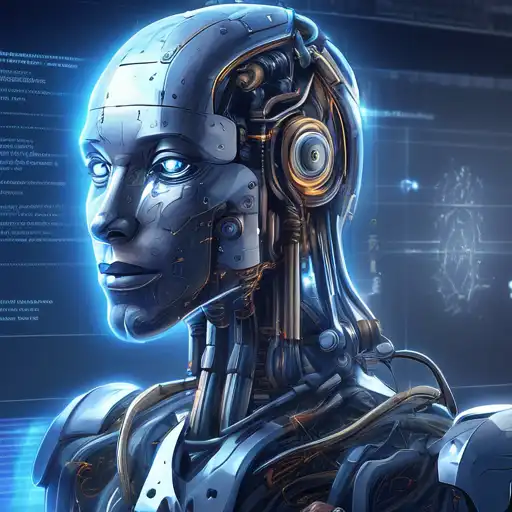Introduction to AI Myths
Artificial Intelligence (AI) is a rapidly evolving field that has captured the imagination of many. However, with its growth, numerous myths and misconceptions have emerged, especially among beginners. This article aims to debunk some of the most common AI myths, providing a clearer understanding of what AI truly is and isn't.
Myth 1: AI Can Think and Feel Like Humans
One of the most prevalent myths is that AI possesses consciousness or emotions similar to humans. In reality, AI operates based on algorithms and data. It can simulate certain aspects of human thought processes but does not experience feelings or self-awareness.
Myth 2: AI Will Replace All Human Jobs
While AI is transforming the job market, the idea that it will replace all human jobs is an exaggeration. AI is more likely to automate repetitive tasks, allowing humans to focus on creative and strategic roles. For more insights, check out our article on The Future of Work with AI.
Myth 3: AI Is Infallible
Another common misconception is that AI is always correct. However, AI systems are only as good as the data they're trained on. Biases in data can lead to flawed outcomes, highlighting the importance of human oversight.
Myth 4: AI Development Is Only for Tech Giants
Many believe that AI development is exclusive to large tech companies. In truth, the democratization of AI tools has made it accessible to startups and individual developers. Resources like open-source libraries and online courses have lowered the barriers to entry.
Conclusion
Understanding the realities behind these AI myths is crucial for anyone looking to explore the field. By dispelling these misconceptions, beginners can approach AI with a more informed and realistic perspective. For further reading, explore our AI Resources for Beginners.
Key Takeaways
- AI does not possess consciousness or emotions.
- AI is transforming, not replacing, the job market.
- AI systems can be biased and require human oversight.
- AI development is accessible to a wide range of individuals and organizations.
